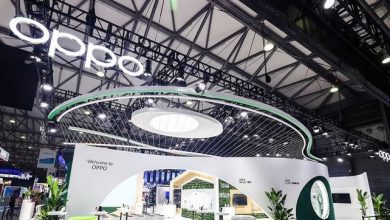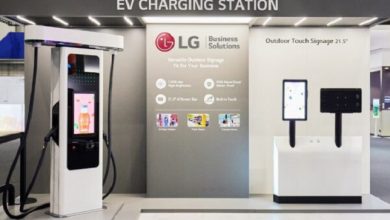China’s electric vehicle bubble is starting to deflate
Date: June 28, 2023
Amidst the global shift towards clean energy and sustainability, China emerged as a frontrunner in the electric vehicle (EV) market, with a thriving industry that witnessed explosive growth in recent years. However, signs are now emerging that the Chinese EV bubble is beginning to deflate, raising concerns about the future of this once-booming sector.
The Chinese government played a crucial role in fueling the electric vehicle boom, providing generous subsidies, tax breaks, and other incentives to encourage both consumers and manufacturers to embrace EV technology. These measures led to an unprecedented surge in EV production, making China the world’s largest market for electric cars.
According to the Herfindahl-Hirschman Index, a tool used by academics and regulators to assess competitiveness and monitor market concentration, the cutthroat market formally changed from being overcrowded to moderately concentrated in the first quarter. The biggest winners are those who have been consolidating their influence at the top, such BYD Co. and Tesla Inc.
The initial wave of new players that appeared when China first unveiled intentions to encourage cleaner energy vehicles with state subsidies and other sweeteners with state incentives has been winnowed, according to the Herfindahl-Hirschman Index, which indicates a clear consolidation tendency over the previous several years.
Moreover, the Chinese government’s stricter regulations on the issuance of new licenses for EV manufacturers have started to weigh heavily on the industry. Previously, the market was flooded with numerous electric vehicle startups, resulting in intense competition and a surplus of companies. As a result, some analysts argue that a significant consolidation in the Chinese EV market is imminent, as weaker players struggle to stay afloat amidst tightening regulations and increased competition from more established automakers.
As a result of established competitors fortifying their positions and smaller businesses fighting for survival, the strain has only grown worse over time. In the first quarter of 2023, the top four players’ market share by unit sales increased to 60% from 44% in the same time three years prior.
The global semiconductor shortage has hit the Chinese EV industry hard, leading to production delays and supply chain disruptions. The shortage has forced many automakers to cut back on production, affecting their ability to meet the soaring demand for electric vehicles.
It’s hard to predict if the rate of market consolidation will keep up with the still-emerging customer interest in electric vehicles. According to figures from the Passenger Car Association, new-energy vehicle retail sales increased to 580,000 units in China last month, but they only made up one-third of all passenger car deliveries. The following five years will be crucial.
Reference:




